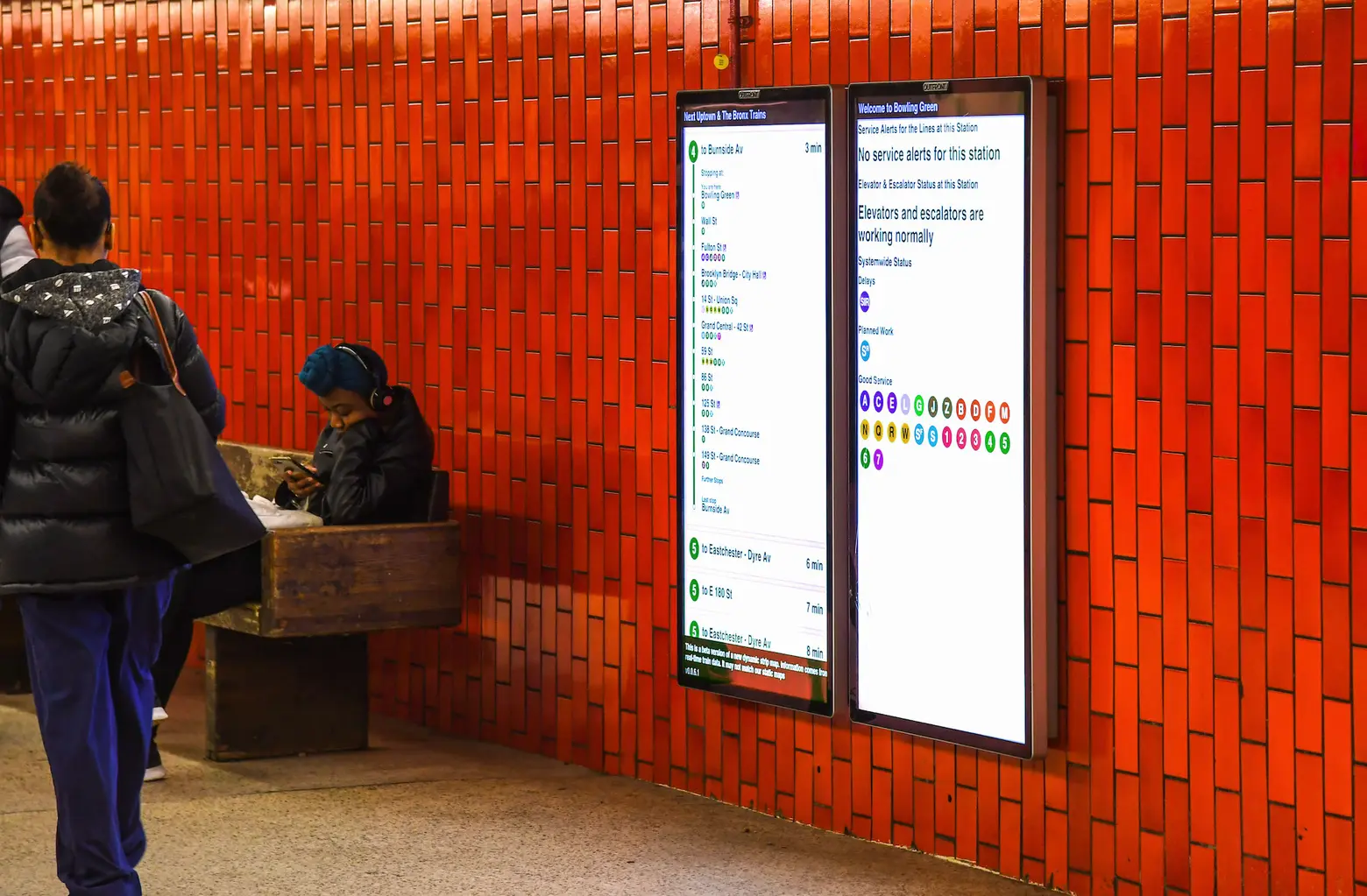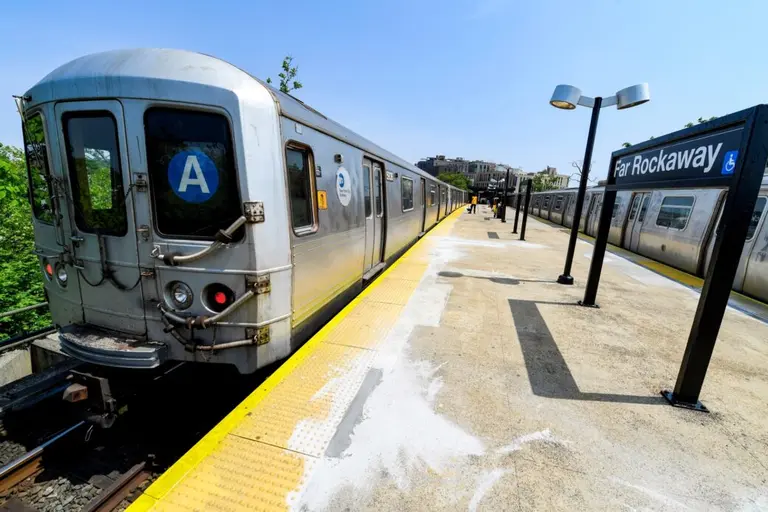MTA suspends use of Twitter for service alerts, calls the platform ‘unreliable’

Image courtesy of Marc A. Hermann / MTA New York City Transit on Flickr
New York City commuters will no longer be able to check Twitter for service alerts. The Metropolitan Transportation Authority on Thursday suspended the use of Twitter for posting service alerts, stating that the social media platform’s reliability “can no longer be guaranteed.” The transit agency’s Twitter access through its application programming interface (API) was “involuntarily interrupted” twice in the last two weeks on April 14 and April 27.
The MTA provides service info in real time, 24/7.
We do this through https://t.co/8rwbuwle0p, our apps, email & text alerts, and, until recently, Twitter.
We’ve loved getting to know you On Here, but we don’t love not knowing if we can to communicate with you each day. ?
— MTA (@MTA) April 27, 2023
According to the New York Times, Twitter introduced new pricing tiers for access to its API, just one of several recent changes made by the platform’s new owner Elon Musk. The agency said the new price would cost them $50,000 per month.
“The MTA does not pay tech platforms to publish service information and has built redundant tools that provide service alerts in real time. Those include the MYmta and TrainTime apps, the MTA’s homepage at MTA.info, email alerts and text messages,” Shanifah Rieara, MTA’s Acting Chief Customer Officer, said.
“Service alerts are also available on thousands of screens in stations, on trains and in buses. The MTA has terminated posting service information to Twitter, effective immediately, as the reliability of the platform can no longer be guaranteed.”
Customers will still be able to tweet at all MTA Twitter accounts, including @nyct_subway, with any inquiries or requests. While service alerts will no longer be found on the account, the MTA will stay active with posts for branding and other messaging.
The MTA recommends a few alternatives for service alerts, including using its MYmta & TrainTime apps, looking for information on screens in subway stations and in trains and buses, signing up for the agency’s newsletter The Weekender, and signing up for email & SMS alerts.
RELATED:




























